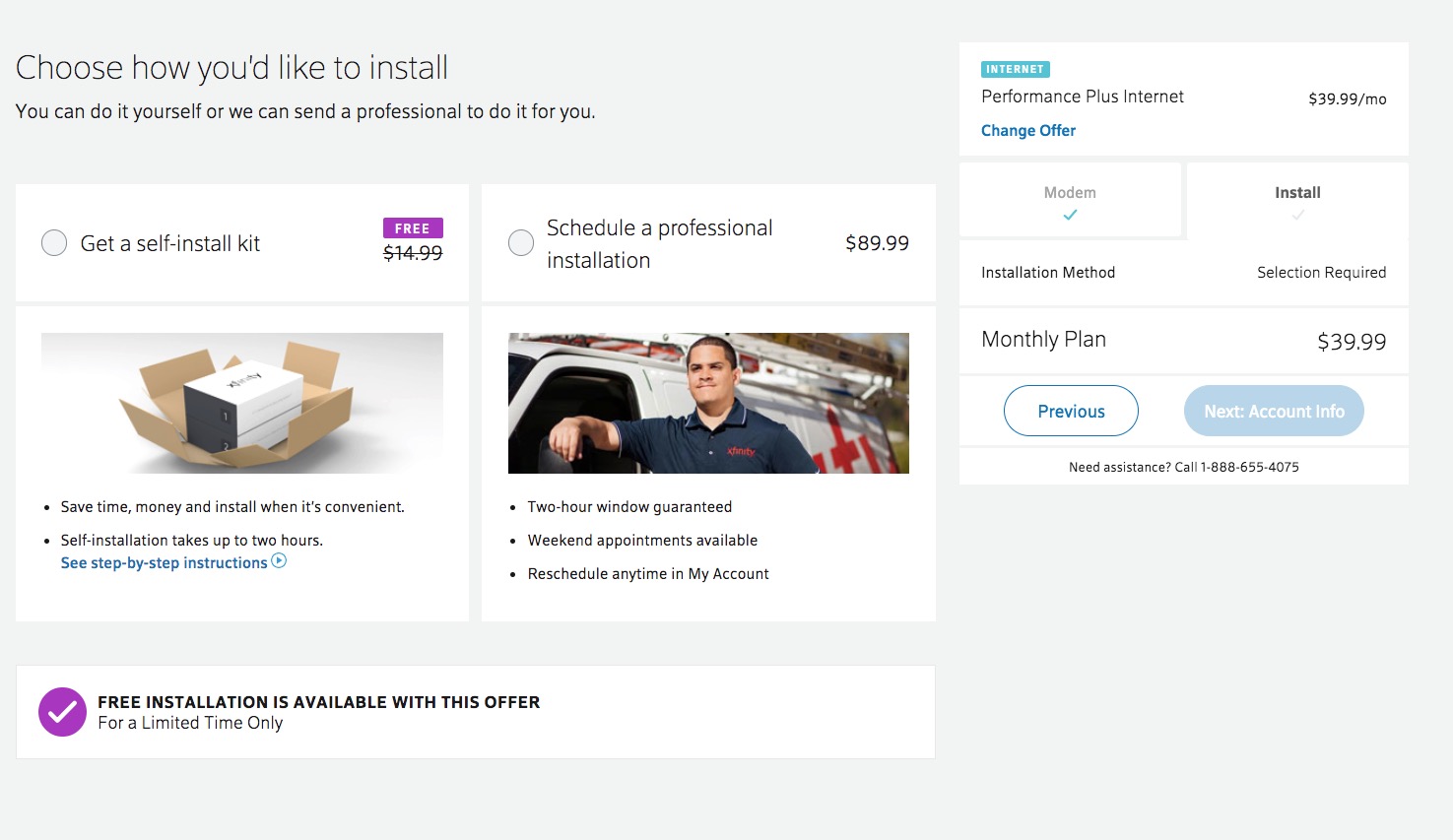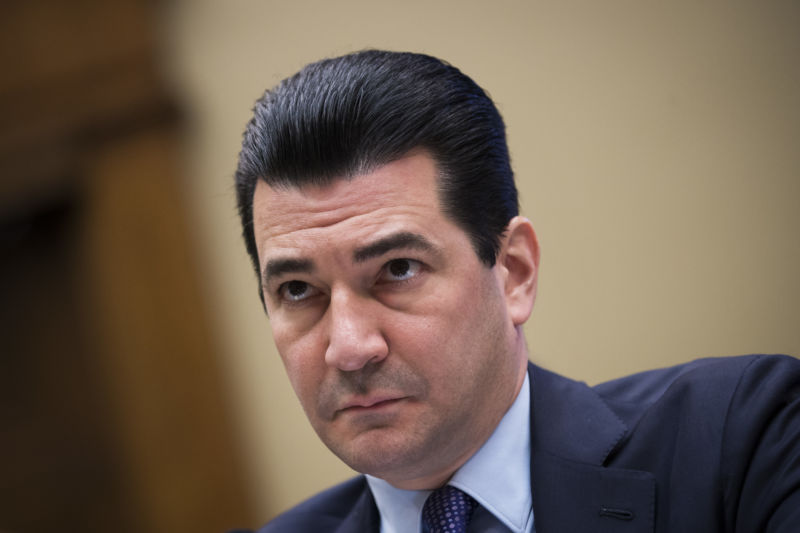It Takes a Single Autonomous Car to Prevent Phantom Traffic Jams
https://ift.tt/2wNTSEM

Honk if you’ve heard this one before: Autonomous and connected cars will make driving less of a drudge by handling the stop-n-go mundanity of your commute for you. Even driver assistance tools that require human oversight, like Tesla’s Autopilot, Cadillac’s Super Cruise, and Audi’s Traffic Jam Pilot, make driving easier, maybe even safer.
Too bad the cars equipped with these features are expensive and therefore exclusive. It’ll take years for this tech to filter down to cheaper cars and the used market, and decades to find its way onto all of the 260 million vehicles already on US roads.
But don’t be too envious of your wealthy fellow drivers. In fact, consider thanking them. By rolling down the highway with their hands in their laps, they may be doing you a favor. New research from the University of Michigan shows that the presence of a single automated and connected car can make driving better for everyone.
It’s all about avoiding the “phantom traffic jams” where everyone gets bunched together. “We found that they’re related to our human behavior,” says Gabor Orosz, who led the research. If one driver hits the brakes for whatever reason, the driver behind them does the same—likely harder, to make up for the time it took him to notice the brake lights and move his foot to the left. “That can lead to cascading effects where everyone is braking a little harder, eventually all traffic comes to a halt.” If a sole driver hits the brakes a little too aggressively, the person 10 cars behind him is forced to a complete stop.
Cruising to the rescue is the connected robo-driver, which uses a 5G connection or short-range radio to chat with the cars or infrastructure up ahead to know things are slowing down well before an eyeball-reliant human driver might.
For this experiment, published in the journal Transportation Research Part C: Emerging Technologies, Orosz and team took eight cars out onto the quiet roads of southeast Michigan. The vehicles were a mix of unremarkable sedans but with the ability to broadcast their position and velocity (meaning speed and direction). One car was picked to act as the autonomous car, and the onboard computer was wired into its brakes, with the ability to apply them just as much as necessary, as early as possible.
Then the team drove around as a convoy, cruising at 55 mph until one driver braked, stomping the pedal harder each time. The humans behind that car hit the brakes hard enough to throw them against their seat belts. But the connected car in the pack got advanced notification that a car several ahead was slowing, and it started slowing more gently, not even hard enough to spill a cup of coffee. The human drivers behind that car were also able to brake more gently—and they didn’t get bunched up.
Driving more smoothly saved energy too, by as much as 19 percent in the connected car, and 7 percent for the human-driven vehicles behind it. That’s useful for cutting gas consumption, or increasing the range of electric vehicles.
A similar experiment at the University of Illinois in May 2017 showed that if one in 20 cars was at least partially automated, it could eliminate these stop-and-go waves of traffic. Mixed in among the commuting masses, it would act like a Formula 1 pace car, keeping everyone in check. That study showed that even already common technologies like adaptive cruise control, which maintains a set distance from the car in front, benefit the broader driving public.
Orosz’s research shows the added benefits that location broadcasting brings: it gives cars superhuman powers of being able to see over a horizon, or through the truck in front, whereas a car with radar-based adaptive cruise control can usually only react reliably to the vehicle directly in front. (Some of the more sophisticated systems can see two cars ahead by picking up radar signals reflected off the road under other vehicles.)
“You don’t need to see everyone,” Orosz says. He found that looking three or four cars ahead was plenty—after that the effects don’t get any better.
The Trump administration isn’t mandating vehicle-to-vehicle communications in all new cars, as Barack Obama’s DOT proposed, but some automakers are pushing ahead. General Motors is already putting it into the Cadillac CTS, Mercedes is adding it to the S-Class and E-Class. Several Audi models use vehicle-to-infrastructure systems to tell a driver when a light will turn green, in cities like Las Vegas that have installed the necessary tech. Israeli company Autotalks is developing a communications system for connected motorbikes.
So people who opt to buy connected, automated, cars will save hassle and energy, but the people who come behind them will too. Finally, a version of trickle down economics that really works.
More Great WIRED Stories
Tech
via Wired Top Stories https://ift.tt/2uc60ci
May 16, 2018 at 07:06AM








